20+ A Prokaryotic Cell Wall That Has Primarily Peptidoglycan
Both Gram-positive and Gram-negative bacteria possess cell wall peptidoglycans which confer the characteristic cell shape and provide the cell with mechanical protection. The management of bacterial infections is becoming a major clinical challenge due to the rapid evolution of antibiotic resistant bacteria.

Elucidating Peptidoglycan Structure An Analytical Toolset Trends In Microbiology
Bacterium are ubiquitous mostly free-living organisms often consisting of one biological cellThey constitute a large domain of prokaryotic microorganismsTypically a few micrometres in length bacteria were among the first life forms to appear on Earth and are present in most of its habitatsBacteria inhabit soil water acidic hot.

. E They lack a plasma membrane 2 Which of the following statements about a gram-positive cell wall is false. They are prokaryotic cells but are genetically more like eukaryotes. Contents1 Cell The Unit of Life Class 11 Notes Biology Chapter 811 Topic 1 Cell An Overview12 Cell Envelope and Its Modifications13 Topic 2 Eukaryotic Cell14 Chemical Composition15 Plastids16 Centrosomes and Centrioles Cell The Unit of Life Class 11 Biology Notes Chapter 8 Pdf free download was designed by expert teachers from the latest edition.
The ATP and NADPH. Chlamydia trachomatis is a gram-negative bacterium that can replicate only within a host cell. Mycoplasmas are the smallest and simplest self-replicating bacteria.
Bacteria are prokaryotic because their genetic material DNA is not housed within a true nucleus. They are characterized by their cell envelopes which are composed of a thin peptidoglycan cell wall sandwiched between an inner cytoplasmic cell membrane and a bacterial outer membrane. In Gram-negative organisms the cell wall is composed of a plasma membrane a peptidoglycan layer that comprises approximately 10 of the cell wall and an outer membrane made of lipopolysaccharides and lipoproteins.
Cellular membranes consist of branched hydrocarbon chains unlike bacteria and eukarya connected to glycerol by ether linkages. Common shapes include spherical coccus rod-shaped bacillus or curved spirillum spirochete or vibrio. New cells arise only from preexisting cells The cell theory states.
In prokaryotes the primary function of the cell wall is to protect the cell from internal turgor pressure caused by the much higher concentrations of proteins and other molecules inside the cell compared to its external. Cell walls are absent in many eukaryotes including animals but are present in some other ones like fungi algae and plants and in most. B It is sensitive to lysozyme.
It is composed of three main components microfilaments intermediate filaments and. Gram-negative bacteria are bacteria that do not retain the crystal violet stain used in the Gram staining method of bacterial differentiation. All organisms are composed of only one.
Enclosing the cell is the cell envelope generally consisting of a cell wall covering a plasma membrane though some bacteria also have a further covering layer called a capsule. Bacteria are often described in terms of their general shape. The smallest unit of life is a nucleus.
As an excellent candidate to overcome antibiotic resistance antimicrobial peptides AMPs that are produced from the synthetic and natural sources demonstrate a broad-spectrum antimicrobial activity with the high specificity. Bacteria b æ k ˈ t ɪər i ə. In contrast the cell wall of Gram-positive.
The cell is the basic structural and functional unit of life formsEvery cell consists of a cytoplasm enclosed within a membrane and contains many biomolecules such as proteins DNA and RNA as well as many small molecules of nutrients and metabolites. In cell biology an organelle is a specialized subunit usually within a cell that has a specific functionThe name organelle comes from the idea that these structures are parts of cells as organs are to the body hence organelle the suffix -elle being a diminutiveOrganelles are either separately enclosed within their own lipid bilayers also called membrane-bound organelles or. A cell wall is a structural layer surrounding some types of cells just outside the cell membraneIt can be tough flexible and sometimes rigid.
The cell membrane consists of a lipid bilayer made up of two layers of phospholipids with cholesterols a lipid. Rather vancomycin is a very large complex molecule that binds to the end of the peptide chain of cell wall precursors creating a structural blockage that prevents the cell wall subunits from being incorporated into the growing N-acetylglucosamine and N-acetylmuramic acid NAM-NAG backbone of the peptidoglycan structure transglycosylation. The cell walls in Gram-negative and Gram-positive bacteria differ considerably.
Study with Quizlet and memorize flashcards containing terms like According to cell theory. C They have cell walls containing peptidoglycan. The cell envelope is composed of the cell membrane and the cell wallAs in other organisms the bacterial cell wall provides structural integrity to the cell.
The cytoskeleton is a complex dynamic network of interlinking protein filaments present in the cytoplasm of all cells including those of bacteria and archaea. This form can initiate a new infection if it. The mycoplasma cell contains the minimum set of organelles essential for growth and replication.
Over the course of the C. Gallinarum to the mesenteric lymph nodes mLNs and liver. Most bacteria have cell walls that contain peptidoglycan.
Gram-negative bacteria are found in virtually all. Peptidoglycans are unique to prokaryotic organisms and consist of a glycan backbone of muramic acid and. Diagram of a typical prokaryotic cell.
The envelope gives rigidity to the cell and separates the interior of the cell from its environment serving as a protective filter. Unlike all other prokaryotes the mycoplasmas have no cell walls and they are consequently. A chloroplast ˈ k l ɔːr ə ˌ p l æ s t-p l ɑː s t is a type of membrane-bound organelle known as a plastid that conducts photosynthesis mostly in plant and algal cellsThe photosynthetic pigment chlorophyll captures the energy from sunlight converts it and stores it in the energy-storage molecules ATP and NADPH while freeing oxygen from water in the cells.
Multicellular organism is made of many cells. It provides the cell with both structural support and protection and also acts as a filtering mechanism. All organisms are composed of tissues.
In eukaryotes it extends from the cell nucleus to the cell membrane and is composed of similar proteins in the various organisms. Trachomatis life cycle the bacteria take on two distinct formsElementary bodies are 200 to 400 nanometers across and are surrounded by a rigid cell wall that allows them to survive outside of a host cell. Archaea cell walls have no peptidoglycans polymers made up of sugars and amino acids that form a webbed layer outside the cell walls of most bacteria.
Animals but not plants are composed of cells. Important Chemical Components of Surface Structures. A It maintains the shape of the cell.
Over the past decade the number and variety of protein post-translational modifications that have been detected and characterized in bacteria have rapidly increased. Further gram-negative cells have an outer membrane that is not present in gram-positive cells. The cell membrane also known as the plasma membrane PM or cytoplasmic membrane and historically referred to as the plasmalemma is a biological membrane that separates and protects the interior of all cells from the outside environment the extracellular space.
Generally the cell wall structure of gram-negative cells is comprised of 10-20 peptidoglycan. D Their DNA is not associated with histones. A plasma membrane ribosomes and a genome consisting of a double-stranded circular DNA molecule Fig.
Gallinarum is a Gram-positive facultative anaerobe that is found in more than 6 of human gut microbiomes 11Translocation of E. In contrast following decolorization with ethanol gram-negative cells become colorless. C It protects the cell in a hypertonic environment.
This layer is made up of polysaccharides lipids and proteins. The term comes from the Latin word cellula meaning small room. Light micrographs of the 22 rumen ciliate morphospecies and two cryptic species examined in this study A and an assembly-and-identification pipeline for recovering single-cell genomes and gene.
Cells can acquire specified function and carry out various.
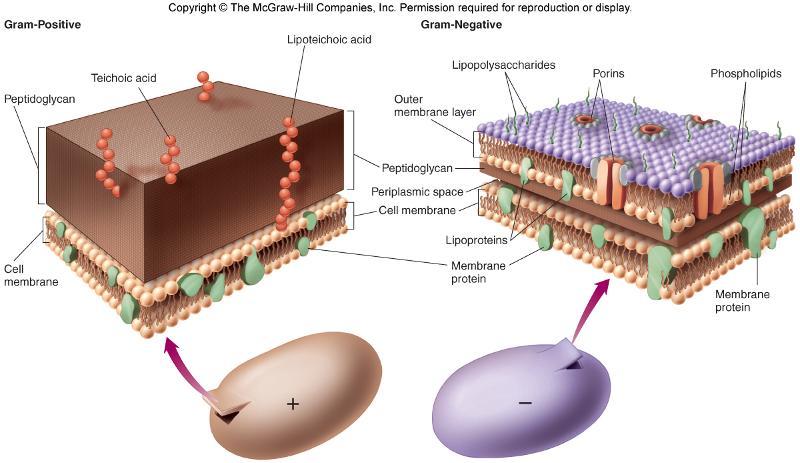
Microbiology Chapter 4 Flashcards Easy Notecards
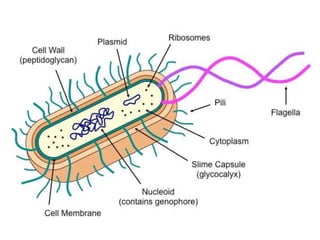
Ultra Stucture Of Bacteria Cell
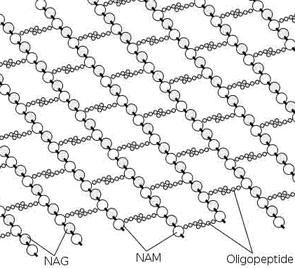
Bacterial Cell Wall Structure Gram Positive Negative
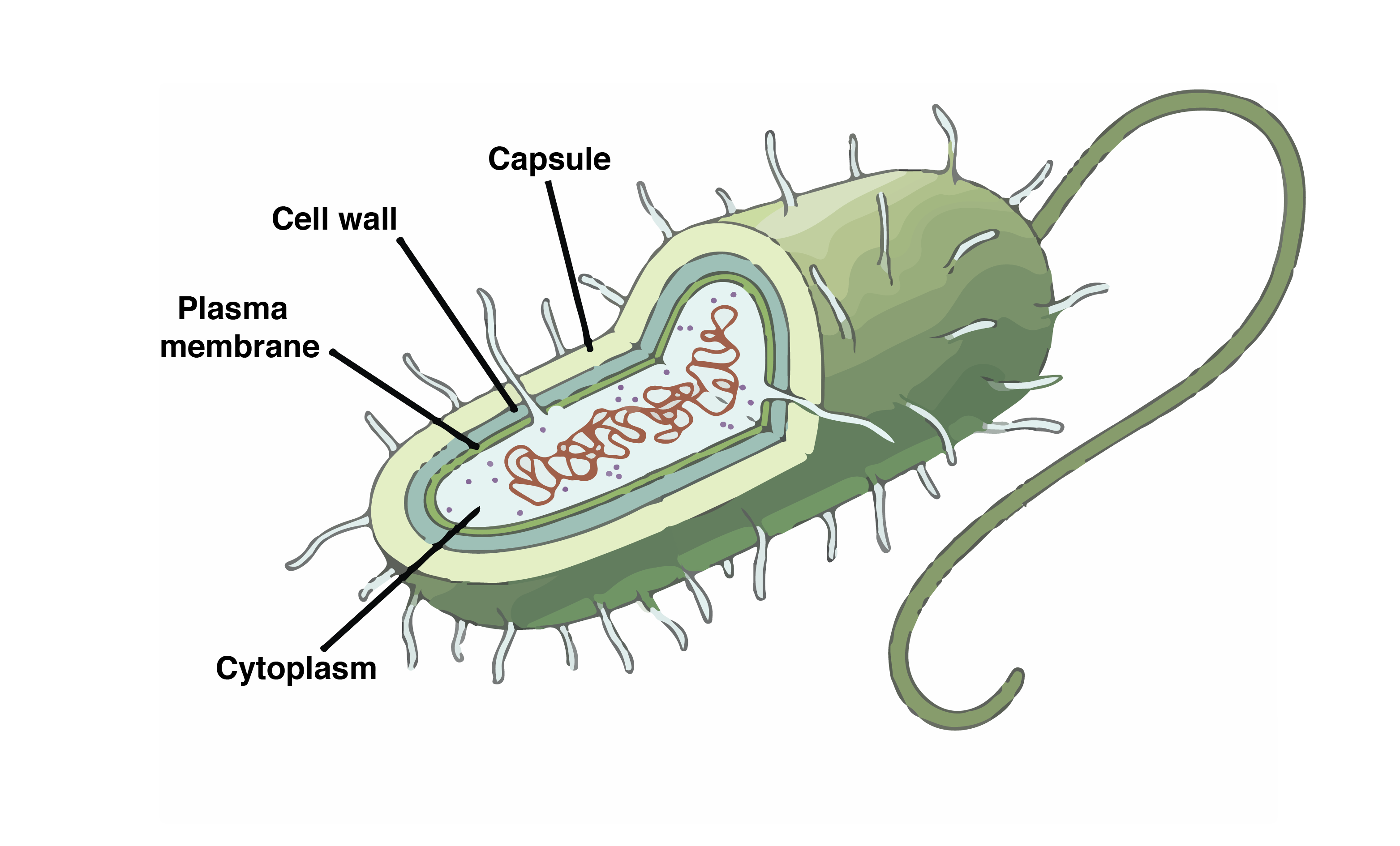
Prokaryote Structure Article Khan Academy

Gram Positive Cell Wall Vs Gram Negative Cell Wall Differences
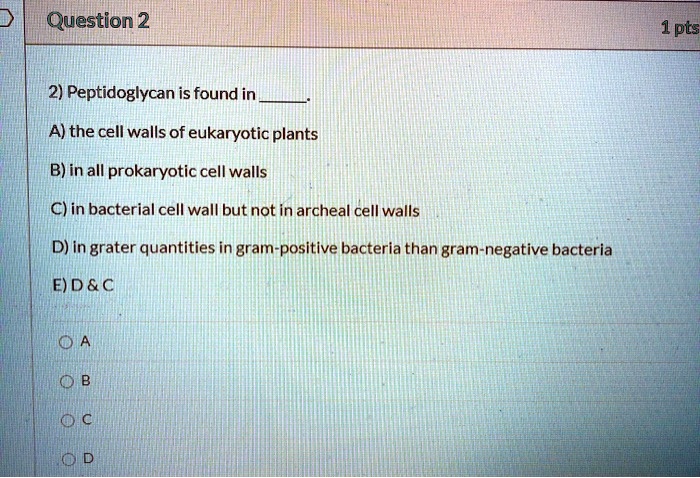
Solved Question 2 1pts Peptidoglycan Is Found In A The Cell Walls Of Eukaryotic Plants B In All Prokaryotic Cell Walls C In Bacterial Cell Wall But Not In Archeal Cell Walls

Steps Involved In Bacterial Peptidoglycan Biosynthesis During All Three Download Scientific Diagram
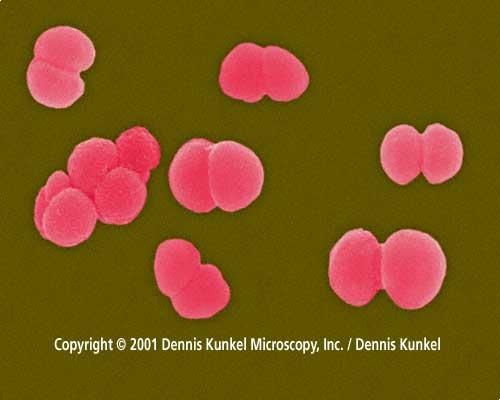
Ch 4 Micro Flashcards Chegg Com

Prokaryotes Bi 101 For Lbcc Ilearn Campus Openstax Cnx

4 Bacteria Cell Walls Biology Libretexts

Differences Between Gram Positive And Gram Negative Bacterial Cell Download Scientific Diagram
Model Of Streptomyces Growth And Cryo Ets Of Isolated S Coelicolor Download Scientific Diagram
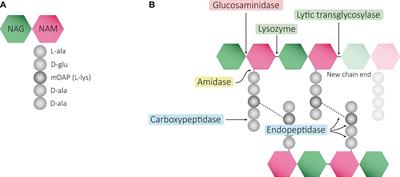
Frontiers Peptidoglycan Muropeptides Release Perception And Functions As Signaling Molecules

The Bacterial Cell Wall From Lipid Ii Flipping To Polymerization Chemical Reviews

Microbiology Chapter 4 5 Flashcards Quizlet
Microbiology Chapter 4 Flashcards Quizlet
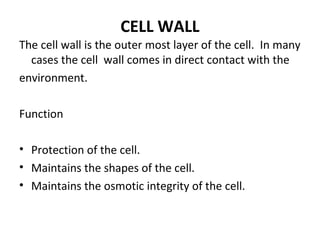
Bacterial Cell Wall